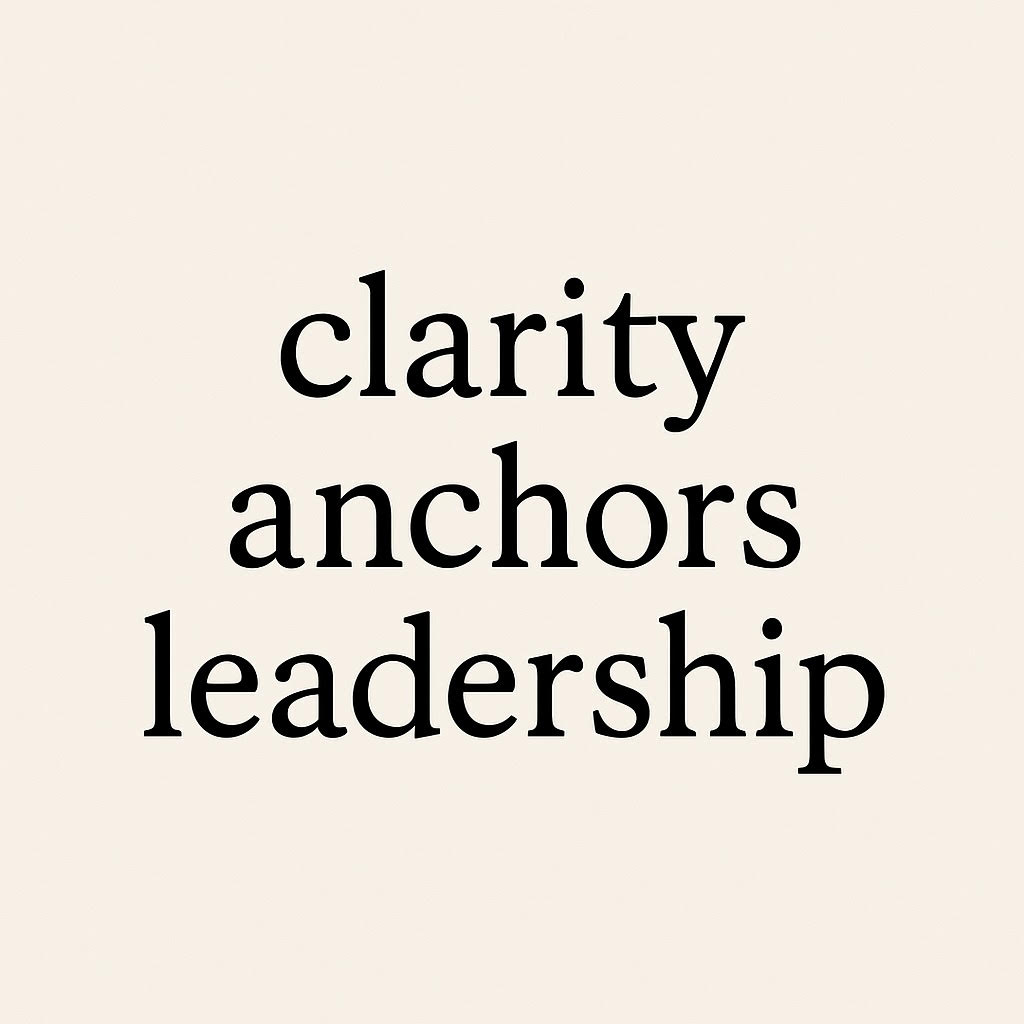
Foggy thinking doesn’t announce its arrival. It creeps in subtly—through scattered priorities, rushed decisions, and that nagging sense of being busy without making progress. You may notice your energy dipping, your motivation fading, or your ability to think clearly diminishing.
In executive coaching, this is often where we begin—with leaders who feel like they’ve lost their edge, not due to lack of skill, but because their inner compass is obscured.
Clarity shifts you from knowing to doing, from intention to impact. It’s the bridge between vision and execution. But before you can act with clarity, you must create the conditions for it.
• What do I truly want to achieve?
• Why does this matter now?
• How will I benefit from doing this well?
These questions move you out of autopilot and into mindful awareness. They ground your next steps in intention.
In today’s always-on world, attention is a scarce resource. Leaders are pulled in multiple directions—strategic goals, stakeholder demands, personal growth. Without clarity, it becomes easy to confuse motion with progress.
Distractions aren’t just external. Many are internal—unspoken fears, self-doubt, or the burden of expectations. When you’re unclear, you tend to react. When you’re clear, you respond with purpose.
This is where leadership coaching becomes invaluable. A skilled coach helps you slow down, name what matters, and build a system to support focused action.
Once you know what matters and why, the next step is to decide what’s needed to make it happen.
• What skills or resources are essential?
• What constraints must be managed?
• What’s one action that would move this forward?
You don’t need to see the entire path—just the next right step. Then ask again, “What’s next?”
This sequence of intentional movement—anchored in clarity—builds momentum. The fog lifts as action aligns with awareness.
Many leaders get stuck not because they don’t know what to do, but because they haven’t asked: Who do I need to be to do this well?
You may need to embody more focus, resilience, empathy, or assertiveness. You may need to delegate more, listen better, or shift from being reactive to reflective.
Self-awareness is not abstract—it’s practical. The more you understand how you think, feel, and act under pressure, the easier it is to lead from clarity instead of confusion.
Let’s say you’ve identified your goal, clarified your why, listed your actions, and even taken the first step. What sustains progress?
Ongoing clarity requires reflection loops. Weekly pauses to check:
• What worked?
• What was unclear?
• What needs attention?
Without these check-ins, clarity dissolves over time. With them, it compounds.
Leaders who cultivate clarity:
• Make better decisions, faster
• Communicate more effectively
• Motivate with purpose, not pressure
• Create alignment without micromanagement
Clarity is the soil in which strategy, trust, and execution grow.
If you’re navigating complexity or seeking renewed energy and focus, coaching can help. Through intentional inquiry, perspective shifts, and structured reflection, you can reclaim the clarity you need to lead well.